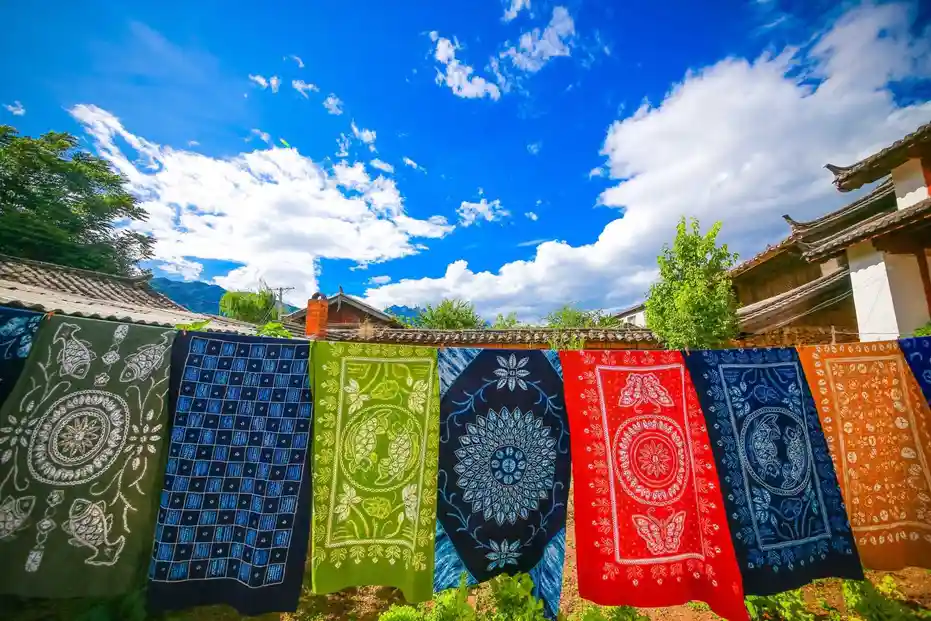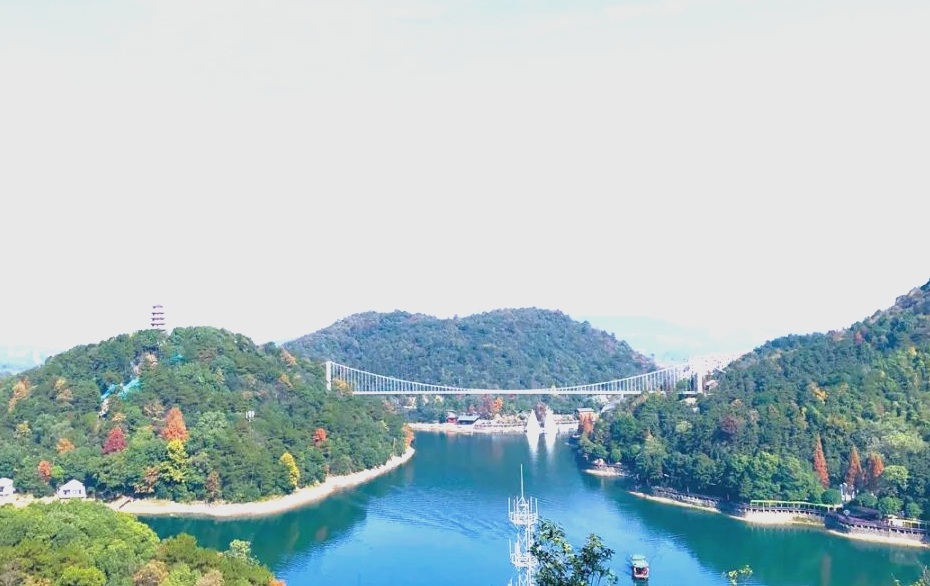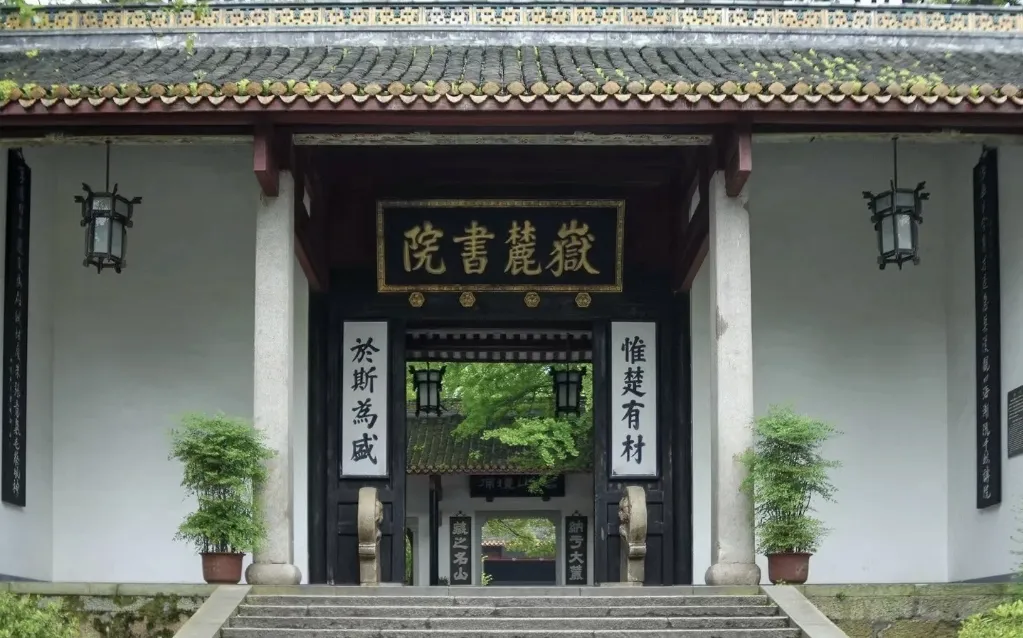Discover the Hidden Gem of Northern Yunnan
Tucked between the Jade Dragon Snow Mountain and lush valleys, Baisha Ancient Town offers a quiet contrast to the bustling streets of Lijiang. While many tourists flock to Dayan and Shuhe, Baisha remains a serene retreat rich in Naxi culture and history. This article explores the origins, traditions, and must-visit sites of this overlooked treasure. Whether you’re a cultural traveler or a history enthusiast, Baisha has something meaningful to offer. Its preserved architecture, ancient murals, and spiritual atmosphere make it a destination worth exploring. Let’s take a closer look at what makes Baisha so special.
The Origins of Baisha: A Historical Overview
Baisha was once the political and cultural center of the Naxi people before the Ming Dynasty. Located just 9 kilometers north of Lijiang’s main town, it served as the first settlement of the Naxi rulers. Historical records suggest that Baisha flourished between the 7th and 14th centuries. It was a key stop along the Southern Silk Road, connecting Yunnan with Tibet and Sichuan.
The town’s strategic position allowed it to become a hub for trade, religion, and art. Unlike other ancient towns in the region, Baisha avoided large-scale commercialization. This has helped preserve its authenticity. The Bai Sha, meaning “white sand,” refers to the fine white gravel once found in the area. Over time, the name stuck, becoming synonymous with tranquility and tradition.
Religious Influence and the Baisha Murals
One of the most significant cultural treasures in Baisha Ancient Town is the Baisha Murals. These 13th-century Buddhist and Taoist frescoes are located in the Dabaoji Palace. Commissioned by the Naxi chieftains, the murals reflect a blend of Han, Tibetan, and Naxi artistic styles. They depict celestial beings, religious rituals, and mythical creatures in vivid detail.
The murals are not only religious artifacts but also historical records. They illustrate the cultural exchange that occurred along trade routes. Over 600 figures appear across the surviving panels. The use of natural pigments has helped them endure centuries of climate change. Today, they are protected as a national cultural heritage site. Visitors are advised to view them respectfully and avoid flash photography.
Why the Murals Matter
– Represent a fusion of multiple ethnic art traditions
– Provide insight into medieval religious practices
– Are among the best-preserved murals in Southwest China
– Highlight the Naxi people’s role as cultural intermediaries
Walking Through Baisha’s Old Streets
Strolling through Baisha Ancient Town feels like stepping into a living museum. The cobblestone paths wind past wooden homes with carved eaves and slate roofs. Unlike more tourist-heavy towns, Baisha maintains a peaceful rhythm. Locals still use traditional waterways to irrigate gardens and clean their homes.
The central square features a centuries-old banyan tree, a gathering spot for elders and storytellers. Small family-run shops sell handmade crafts, herbal teas, and local snacks. You won’t find crowded souvenir stalls or loud music here. Instead, the atmosphere encourages slow travel and mindful observation.
Architectural Highlights
– **Wooden lattice windows**: Intricately carved with floral and animal motifs
– **Stone-paved alleys**: Worn smooth by centuries of foot traffic
– **Water channels**: Still functional, following original Ming-era designs
– **Roof carvings**: Symbolic patterns believed to bring protection and luck
Each structure reflects the Naxi principle of harmony with nature. Buildings are oriented to face the mountains, following feng shui principles. The use of local timber and stone minimizes environmental impact.
Cultural Traditions Still Alive Today
Despite modern influences, Baisha remains a stronghold of Naxi heritage. The Dongba religion, with its pictographic script, is still practiced by some elders. Dongba priests perform rituals during festivals and life events. Their handwritten scriptures are considered sacred and are passed down through generations.
Traditional music also thrives here. The白沙细乐 (Baisha Xiyue), or Baisha Fine Music, is a classical ensemble style recognized by UNESCO. It features ancient instruments like the pipa, erhu, and bamboo flute. Performances are often held during the Lunar New Year and local harvest festivals.
Experiencing Local Culture
– Attend a Dongba ceremony (with permission)
– Listen to Baisha Xiyue at a community event
– Try your hand at writing Dongba script
– Join a tea ceremony hosted by a local family
These experiences offer deeper insight than typical tourist attractions. They connect visitors to the living culture of the Naxi people.
Baisha Ancient Town vs. Lijiang’s Other Old Towns
Many travelers visit Lijiang’s Dayan Old Town, drawn by its vibrant nightlife and souvenir markets. Shuhe is quieter but still sees heavy foot traffic. In contrast, Baisha offers a more authentic experience. It has not been fully developed for mass tourism.
The table below highlights key differences:
| Feature | Baisha | Dayan | Shuhe |
|---|---|---|---|
| Visitor Volume | Low | Very High | Moderate |
| Commercialization | Minimal | High | Medium |
| Cultural Authenticity | High | Low | Moderate |
| Best For | History & culture | Nightlife & shopping | Relaxed sightseeing |
Baisha is ideal for travelers seeking depth over convenience. It rewards patience and curiosity.
Must-See Attractions in and Around Baisha
While the murals and old streets are central to any visit, several nearby sites enhance the experience. The Dabaoji Palace remains the top attraction within Baisha Ancient Town. Just outside the town, the Cangyuan Valley offers scenic hiking trails with views of the Jade Dragon Snow Mountain.
Another notable site is the Mu Family Garden ruins. Once a summer retreat for Naxi nobility, it features remnants of pavilions and lotus ponds. The nearby Baisha Embroidery School showcases traditional Naxi textile art. Visitors can watch artisans create intricate patterns using silk thread and natural dyes.
Top 5 Places to Visit
1. Dabaoji Palace – Home of the famous murals
2. Baisha Embroidery School – See live demonstrations
3. Cangyuan Valley – Ideal for nature walks
4. Mu Family Garden Ruins – Glimpses of royal life
5. Central Banyan Tree Square – Cultural heart of the town
Each location adds a unique layer to your understanding of the region.
How to Get to Baisha and When to Visit
Baisha is easily accessible from Lijiang. You can take a local bus, hire a taxi, or rent a bike. The journey from Lijiang Old Town takes about 20–30 minutes by car. For a scenic route, cycle along the country roads passing rice fields and orchards.
The best time to visit is spring (March–May) or autumn (September–November). During these months, the weather is mild, and skies are clear. Avoid peak holiday periods like Chinese National Week (early October), when even quieter towns see increased crowds.
Travel Tips
– Wear comfortable shoes – streets are uneven
– Bring cash – few places accept credit cards
– Respect local customs – ask before photographing people
– Visit early in the day – fewer tourists, better light for photos
Planning ahead ensures a smooth and meaningful visit.
Sustainable Tourism in Baisha
As interest in Baisha grows, preserving its cultural and environmental integrity becomes crucial. Unlike overdeveloped destinations, Baisha has the chance to adopt sustainable practices early. Local leaders are working with heritage organizations to limit construction and manage visitor flow.
Travelers can contribute by supporting local businesses, minimizing waste, and respecting sacred sites. Choosing eco-friendly accommodations and guided tours helps fund community projects. Responsible tourism ensures that Baisha remains authentic for future generations.
Final Thoughts: Why Baisha Deserves Your Attention
Baisha Ancient Town is more than a stopover—it’s a window into the soul of the Naxi people. Its history, art, and traditions offer a rare depth often missing in mainstream tourism. While less famous than Lijiang’s other towns, Baisha stands out for its authenticity and serenity.
For those seeking meaningful travel, Baisha is a must-visit. It invites reflection, connection, and discovery. Whether you’re drawn to ancient murals, traditional music, or quiet streets, this hidden town delivers. Plan your visit with respect and curiosity, and you’ll leave with more than just photos—you’ll carry a deeper understanding of Yunnan’s cultural heart.



